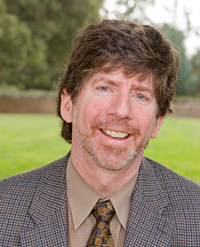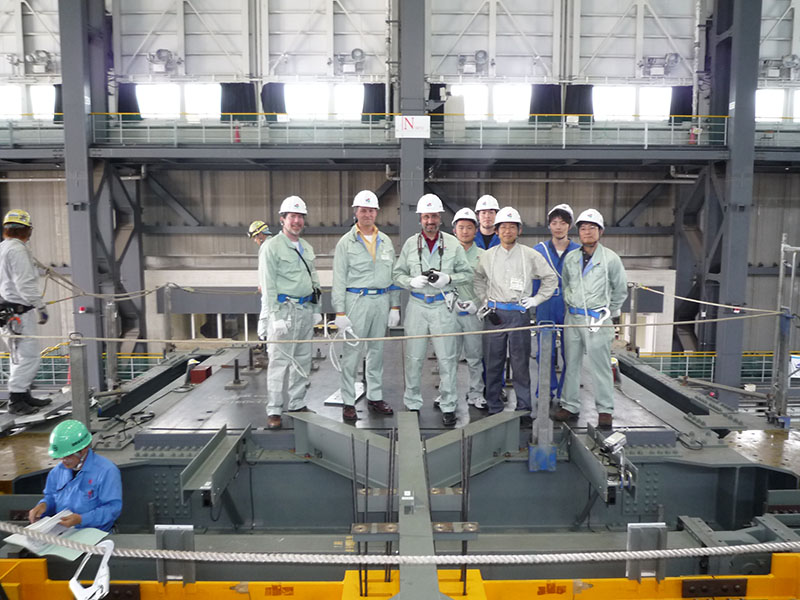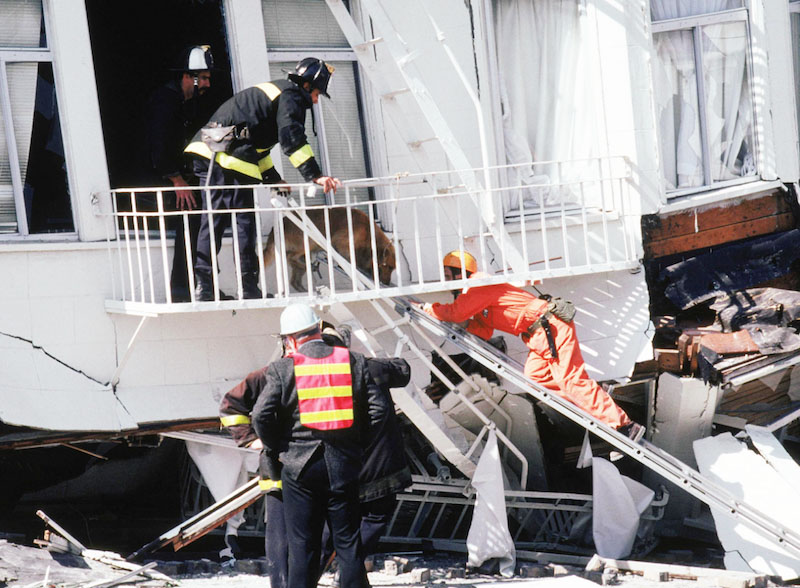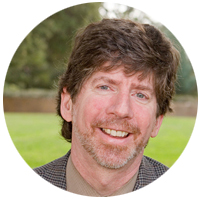
Gregory G. Deierlein
Ph.D., The University of Texas at Austin, 1988
M.S., University of California at Berkeley, 1982
B.S., Cornell University, 1981
Inducted, 2013
Greg Deierlein's transformative research has influenced the development of national codes and guidelines related to the stability and collapse of buildings and other structures. A National Academy of Engineering member, he is a leader and international collaborator in the development of computational and experimental methods for stimulating nonlinear structural performance and characterizing structural material and component behavior.
A professor at Stanford University, he teaches graduate and undergraduate courses in linear and nonlinear analysis, design of steel and composite structures and earthquake engineering. His engineering expertise includes fracture and stability of steel structures and composite steel and concrete structures.
Deierlein has applied his research to the development of performance-based designs for earthquake and fire hazards. Since 2002, he has served as director of the John A. Blume Earthquake Engineering Center. He is also the former (2000-2007) deputy director of the Pacific Earthquake Engineering Research (PEER) Center.
He has directed research projects funded by the National Science Foundation, the Federal Emergency Management Agency, the Applied Technology Council, the National Institute of Standards and Technology and the American Institute of Steel Construction. He received the ASCE Norman Medal in 1994, 2002, and 2008. In 2013, he was elected to the National Academy of Engineering in recognition of his many contributions to the profession.
In addition, he worked with Leslie E. Robertson and Associates in New York on the structural design of the 72-story Bank of China Building in Hong Kong and other landmark buildings. He maintains professional involvement as a consultant and peer reviewer on projects involving performance-based seismic design and nonlinear analysis and assessment.
Deierlein has led major collaborative teams involving researchers from the U.S., Japan and Taiwan to develop and test innovative composite steel-concrete frame systems and self-centering braced frame systems. In 2009, his research group completed a large-scale test of a new controlled rocking frame system with replaceable fuses on the world’s largest shaking table (the E-Defense facility) in Japan.
Working in collaboration with Geohazards International, Deierlein is involved in outreach and technology transfer on earthquake engineering and risk mitigation in Pakistan, Indonesia, Peru and other developing countries.










